Minimalism an American-born movement, began in the 1960s and early 1970s. Minimalism or Minimal Art is a form of abstraction that focuses on the most essential and elemental aspects of an object and does not refer to anything but itself.
Minimalism is humble, plain and relies on the viewer to make the interpretation and meaning. Void of detail, minimalism expresses the bare necessity in form, value, shape, line and texture. It’s been often called bare.
Does and did minimalism make an impact? For artists yes, for rich art collectors a chance to own a piece of art history (even if they didn’t understand what the art piece was all about).
Here are a few of the highest paid minimalism art pieces:
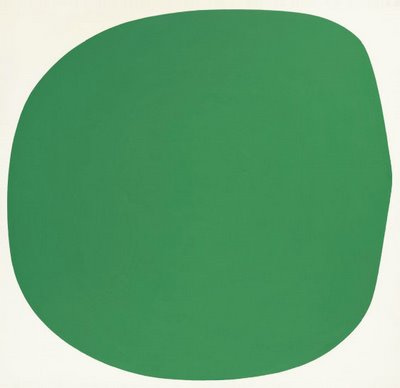
Ellsworth Kelly – $1.6 Million
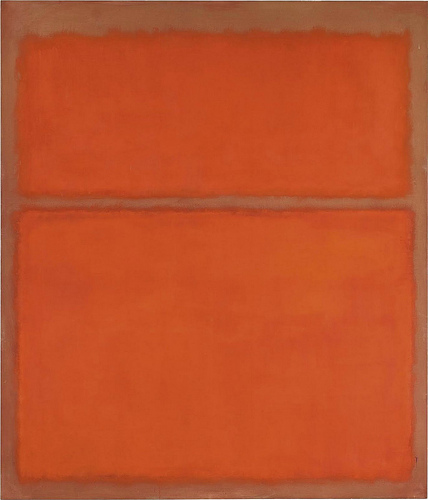
Mark Rothko – $28 Million

Barnett Newman – $3.8 Million
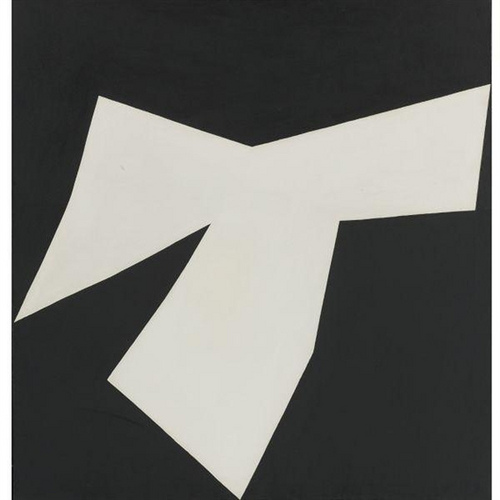
Ellsworth Kelly – $1.7 Million
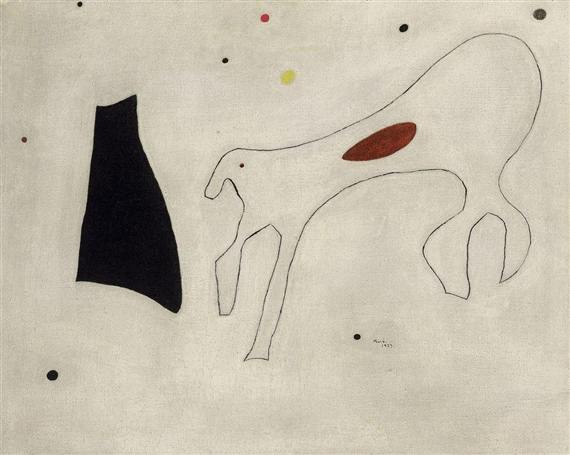
Joan Miro – $2.2 Million
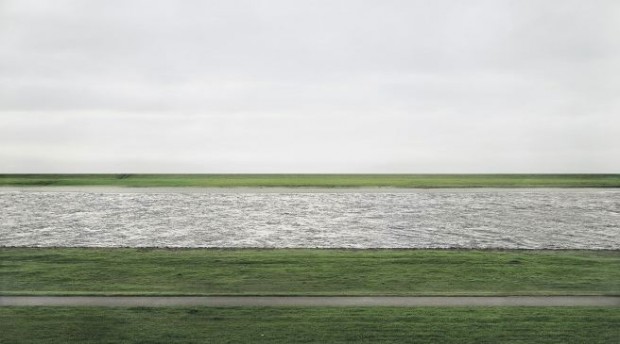
The Record-setting photograph by Andreas Gurskysale at Christies. (Photo: Angreas Gursky/Christie’s Images, Ltd., 2011) .
Andreas Gurskysale – 4.3 Million
Why so much?
And if you want to own a piece of this history be prepared to pay big! Minimalism represents a cultural change. Today there are many spin offs, in the 60’s and early 70’s they were pioneers.
Love, hate it, don’t understand it… minimalism is a breath of fresh air in a complicated world especially in the 60‘s when the style peaked and art, music and culture was reinvented.






